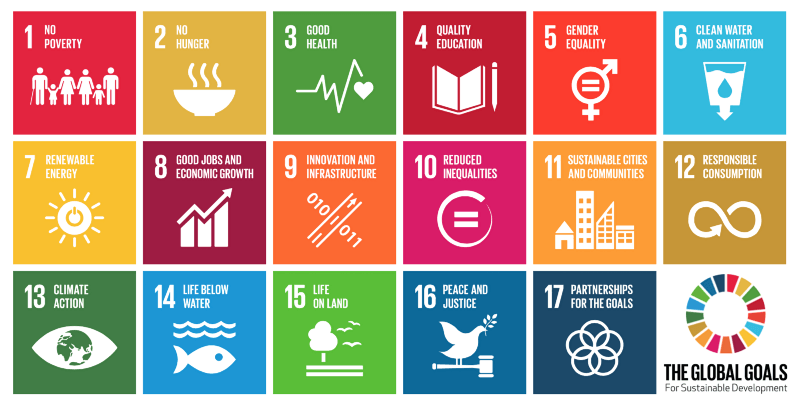The United Nation’s sustainability development goals can be met with the help of technology developed for outer space. This is what Danielle Wood, founder of Space Enabled at MIT Media Lab, explained at TNW Conference last week. Speaking about her work, she said: “We ask how tech from space encourages sustainability on Earth for everyone.”
It’s mostly about satellites and how their capabilities let us better understand our planet, but Wood explains how we can move beyond current implementation to meet goals in the future.
Satellites and sustainability
There are 17 global goals of sustainability, and satellites play a large part in making them a reality. Satellites that observe the Earth give us data to predict droughts in impoverished areas, which can help us improve farming and prevent famine. This helps to accomplish the second goal of ‘no hunger.’
Many satellites also measure key variables on Earth, in the atmosphere, on land, and in the oceans. “By combining mathematical models with science and images, we can accurately assess temperature and currents to see climate change. We have a wonderful insight into what’s happening around the globe,” says Wood. This helps to achieve goal 13, climate action.

Satellites can also be used to improve communication in rural and isolated areas. Wood shared the story of a young woman in India, who needed expert health advice. She lived in a small town very far from the nearest specialist. Satellites provided the capabilities for her to connect in a video call, to help her get the treatment she needed. This helps achieve the third goal: good health.
Satellite mapping can also help achieve this. They can be used to identify stagnant pools of water, where mosquitoes breed and spread diseases like malaria. “We share this information with countries who have a high risk, and cannot afford their own satellites,” Wood explained to the audience.

Wood also discussed what she referred to as ‘space spinoff.’ It’s when technology designed exclusively for space exploration has been brought to Earth. She gives the example of water filtration systems designed for the International Space Station. Wood very smoothly brushed past the specifics, but essentially astronauts could filter their urine. “It’s a little bit of pee, a little bit of water,” Wood said. “And it all ends up clean to drink.” This filter has now been implemented in refugee shelters, where access to drinking water is limited.
The future of space
Wood explains that ‘space spinoffs’ will only become more prominent in the future. “No matter what industry you’re in, it’s going to get easier and easier to use space initiatives in your work and you won’t even notice that it’s stemmed from space,” she told the audience.
Satellites are incredibly expensive, but we’ll soon be able to launch our own mini versions into space. They won’t replace the large, professional ones, but they’ll provide different information. “Costs are going down, and inspiration is going up,” she said.
Get the TNW newsletter
Get the most important tech news in your inbox each week.





